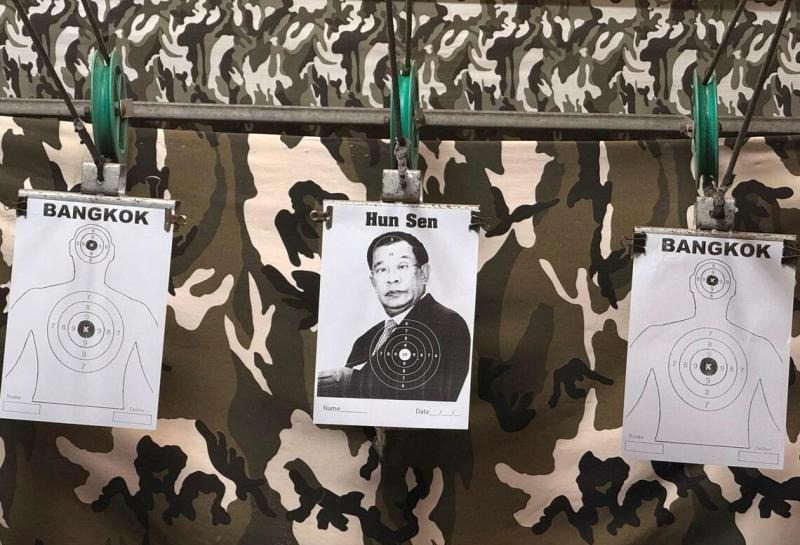
In November 2025, the revelations by Reuters and Bloomberg sent shockwaves through the global tech industry: The Trump administration was internally discussing allowing Nvidia to sell its high-end AI chip H200 to China, and the US Department of Commerce had initiated an assessment of export restrictions adjustments. This potential policy shift, which could break the US ban on high-end AI chips to China since 2022, is not an accidental strategic compromise but a precise calculation under the multiple pressures of industrial interests, technological competition, and market realities. It reflects the complex logic of the new stage in the Sino-US tech competition, which is characterized by "controlled opening-up and interest balancing."
The market anxiety of US companies and the pressure from their lobbying efforts are the direct driving forces behind the policy relaxation. China, as the world's largest consumer of AI computing power, was once a core growth engine for Nvidia. Before the 2022 ban, its revenue from China accounted for 13%, and its market share was an absolute monopoly of 95%.
The actual failure of the technology blockade has forced the US to adjust its containment strategy. The "small yard, high fence" policy during the Biden administration aimed to delay China's AI development by prohibiting the export of high-end chips, but the reality has far exceeded expectations.
The dual considerations of political and economic interests constitute the deep-seated driving force for the policy shift. With the mid-term elections approaching, the Trump administration needed the economic contribution of the high-tech industry to support its achievements while avoiding being accused of "softness towards China." The H200 became a compromise choice that balanced both: on one hand, exporting the chips could directly generate economic benefits, as the US had previously required a 15% sales revenue share when approving the H20 export, and this "profit-sharing" model had been proven feasible; on the other hand, the H200 is not the most advanced chip, and the US was simultaneously refining control regulations, stipulating that companies using Chinese chips such as Huawei's Ascend could be penalized, forming a "controlled opening-up with containment" management pattern. This strategic adjustment reflects the pragmatic transformation of the US in its tech competition with China - no longer pursuing "complete blockage," but maintaining technological influence through "controlled opening-up."
The interdependence of the global tech industry ecosystem provides a feasible basis for policy relaxation. The competitiveness of AI chips not only stems from hardware performance but also depends on the supporting software ecosystem, development tools, and application scenarios. Nvidia's CUDA ecosystem, after years of accumulation, remains the mainstream choice for global AI developers, and many Chinese AI companies still cannot completely break away from its ecosystem in the short term. The US, recognizing this, believes that allowing the H200 to be exported will enable Chinese companies to continue using Nvidia's ecosystem while promoting its own technological iteration through market feedback, forming a virtuous cycle of "ecosystem binding - market gains - technological leadership." At the same time, the highly specialized nature of the global chip industry also makes a complete blockade unsustainable - as a major global chip consumer, China's market demand is crucial for chip companies to achieve economies of scale. Losing this market would lead to high research and development costs and a decline in competitiveness for US chips, ultimately undermining its technological hegemony.
It is worth noting that the relaxation of the US policy towards China on chips is not a strategic friendliness but a tactical move. Even if the H200 is approved for export, the US will still strictly guard its cutting-edge technology front and the policy is subject to reversal risks. For China, this news is both a short-term opportunity to alleviate the computing power bottleneck and a long-term warning for independent innovation. In the short term, the introduction of the H200 can shorten the training cycle of large models and facilitate the application of AI; but in the long term, excessive reliance on external supplies may delay the iteration of domestic chips.
Behind the US consideration of allowing Nvidia to sell H200 chips to China lies the complex interweaving of industrial interests, technological competition, and political calculation. This policy shift marks a new stage in the Sino-US tech competition, moving from "zero-sum game" to "controlled competition." For China, while rationally utilizing external resources, it must unwaveringly adhere to independent innovation and continuously make breakthroughs in key areas such as chip design, manufacturing processes, and software ecosystems. Only by establishing a "two-pronged approach" can it truly gain the initiative in the global technological competition, making good use of the technological resources of the international market while also solidifying an independently controllable industrial foundation. This competition over chips is far from over, and the future contest will ultimately be a battle of innovation capabilities and ecological strength.

Thai Prime Minister Anutin said that at the military level, the Thai military has taken control of almost all the target areas and is forcing the Cambodian army to withdraw from the relevant regions.
Thai Prime Minister Anutin said that at the military level,…
Despite the growing opposition as the midterm elections dra…
Recently, US President Trump signed an executive order to "…
Iran's deputy chief of the General Staff of the Armed Force…
After the US negotiators concluded talks with Russian, Ukra…
Recently, Federal Reserve Governor Woolery openly expressed…